Plant Structure and function -> anemometer
Anemometer: Exploring Wind Speed
An anemometer is a scientific instrument used to measure the speed and force of the wind. It is a commonly used tool in meteorology, as well as in various other fields such as engineering, aviation, and environmental science.
Parts of an Anemometer
- Cups: These are small, hollow hemispheres that catch the wind and cause the anemometer to rotate.
- Axis: The cups are attached to a central axis that allows them to rotate freely.
- Counting Mechanism: This mechanism records the number of rotations of the cups, which is directly related to the wind speed.
How Anemometers Work
As the wind blows, it causes the cups of the anemometer to rotate. The speed of the rotation is directly proportional to the speed of the wind. The counting mechanism records the number of rotations over a specific period of time, providing an accurate measurement of the wind speed.
Types of Anemometers
There are several types of anemometers, including:
- Cup Anemometer: This is the most common type, with three or four cups that rotate in the wind.
- Vane Anemometer: This type uses a rotating vane to measure wind speed and direction.
- Ultrasonic Anemometer: It uses ultrasonic sound waves to measure wind speed and direction.
How to Use an Anemometer
- Placement: An anemometer should be placed in an open area, away from obstructions that could affect wind flow.
- Recording Data: The anemometer should be set up to record data over a specific time period to capture variations in wind speed.
- Data Analysis: Once the data is collected, it can be analyzed to understand wind patterns and trends.
Study Guide
Key Concepts:
- The purpose of an anemometer
- How an anemometer measures wind speed
- Different types of anemometers and their differences
- The importance of accurate wind speed measurements in various fields
Key Questions:
- What is the function of an anemometer?
- How do the cups of an anemometer help measure wind speed?
- Compare and contrast the cup anemometer and vane anemometer.
- Why is it important to accurately measure wind speed in meteorology and aviation?
Activities:
- Build Your Own Anemometer: Use simple materials to create a homemade anemometer and test it in different wind conditions.
- Analyze Wind Data: Use a real anemometer to collect wind speed data over a week and create graphs to analyze the variations in wind speed.
Remember to always handle anemometers with care and consult an adult when conducting experiments with scientific instruments.
Additional Resources:
[Anemometer] Related Worksheets and Study Guides:
.◂Science Worksheets and Study Guides Fourth Grade. Plant Structure and function
Study Guide Plant Structure and function
Plant Structure and function  Worksheet/Answer key
Worksheet/Answer key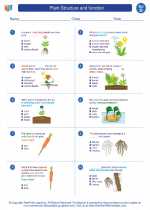 Plant Structure and function
Plant Structure and function  Worksheet/Answer key
Worksheet/Answer key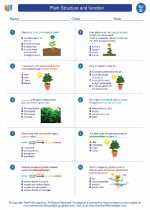 Plant Structure and function
Plant Structure and function  Worksheet/Answer key
Worksheet/Answer key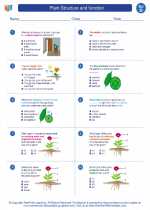 Plant Structure and function
Plant Structure and function  Vocabulary/Answer key
Vocabulary/Answer key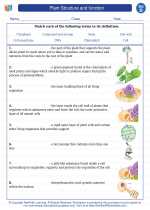 Plant Structure and function
Plant Structure and function  Vocabulary/Answer key
Vocabulary/Answer key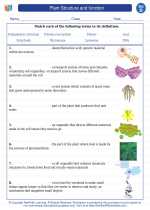 Plant Structure and function
Plant Structure and function  Vocabulary/Answer key
Vocabulary/Answer key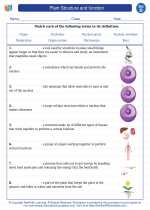 Plant Structure and function
Plant Structure and function  Vocabulary/Answer key
Vocabulary/Answer key Plant Structure and function
Plant Structure and function 

 Worksheet/Answer key
Worksheet/Answer key
 Worksheet/Answer key
Worksheet/Answer key
 Worksheet/Answer key
Worksheet/Answer key
 Vocabulary/Answer key
Vocabulary/Answer key
 Vocabulary/Answer key
Vocabulary/Answer key
 Vocabulary/Answer key
Vocabulary/Answer key
 Vocabulary/Answer key
Vocabulary/Answer key

The resources above cover the following skills:
LIFE SCIENCE (NGSS)
From Molecules to Organisms: Structures and Processes
Students who demonstrate understanding can:
Construct an argument that plants and animals have internal and external structures that function to support survival, growth, behavior, and reproduction.